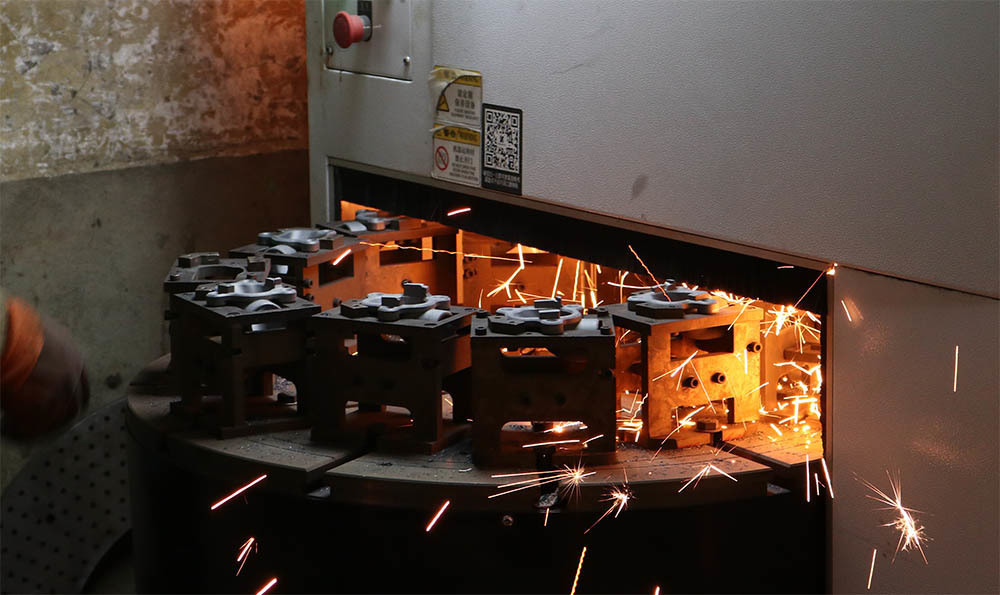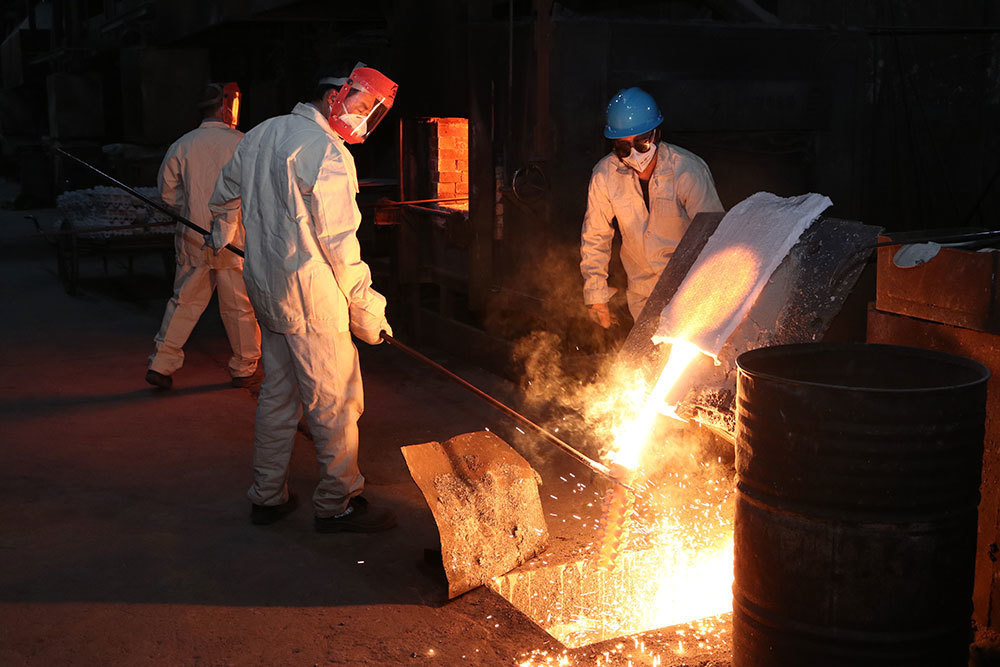2025-10-21
Unlocking the World of Metal Parts: Insights from a Metal Parts Casting Manufacturer
What is Metal Parts Casting?
So, you've probably heard the phrase "metal parts casting" thrown around in industrial circles—right? But what does it actually mean? In a nutshell, it's a manufacturing process where molten metal is poured into a mold. Once it cools and solidifies, voila! You've got your desired shape. This technique is pivotal for creating everything from engine components to intricate sculptures.
The Role of a Metal Parts Casting Manufacturer
Now, let's dive into the nitty-gritty of a metal parts casting manufacturer. These companies specialize in turning raw materials into functional products through casting techniques. They're the magic makers behind everyday items that you might not even think about—like the metal brackets holding your shelves up or the casings on your favorite gadgets.
Why Choose Casting?
Why opt for casting over other manufacturing methods, you ask? Well, casting can produce complex shapes that would be difficult or impossible to achieve with other techniques. Plus, it's usually more cost-effective, especially for large production runs. When you need a big batch of high-quality parts, casting is the way to go.
Types of Metal Casting
Whoa, there! Did you know there are several types of casting processes? Here are a few of the big players:
- Sand Casting: The most popular method, where sand is used to create the mold. It's versatile and cost-effective.
- Die Casting: This involves forcing molten metal into a mold under high pressure. Great for mass production.
- Investment Casting: Also known as lost-wax casting, it's perfect for intricate designs.
Benefits of Metal Parts Casting
Let's not beat around the bush—casting comes with a slew of benefits:
- Precision: Achieve tight tolerances and complex geometries.
- Material Variety: Almost any metal can be cast, including aluminum, iron, and bronze.
- Durability: Cast parts are typically robust, making them ideal for heavy-duty applications.
The Casting Process Explained
Let's walk through the casting process step by step:
- Pattern Making: A pattern of the desired shape is created.
- Mold Preparation: The pattern is used to form a mold, usually from sand or metal.
- Melting: Metal is heated until it becomes molten.
- Pouring: The molten metal is poured into the mold.
- Cooling: The metal cools and solidifies.
- Finishing: The mold is removed, and any finishing touches are applied.
Challenges in Metal Casting
Of course, it's not all sunshine and rainbows. Metal casting manufacturers also face challenges, including:
- Defects: Issues like porosity and shrinkage can occur.
- Cost Management: Managing the costs of raw materials and labor can be tricky.
- Environmental Regulations: Compliance with environmental standards is crucial.
Future Trends in Metal Casting
What's next for the world of metal parts casting? Well, several exciting trends are on the horizon:
- 3D Printing: Combining casting with 3D printing technology is opening new doors for design flexibility.
- Automation: More manufacturers are automating processes to increase efficiency.
- Sustainability: Eco-friendly practices are becoming a priority for many manufacturers.
Conclusion
So there you have it! The world of metal parts casting is as intricate as it is fascinating. Whether you're a business looking to source components or just a curious mind, understanding the role of a metal parts casting manufacturer can provide valuable insights into this essential sector of manufacturing. The next time you pick up a metal item, think about the complex journey it took to get there!
2024-01-20
2024-01-20









